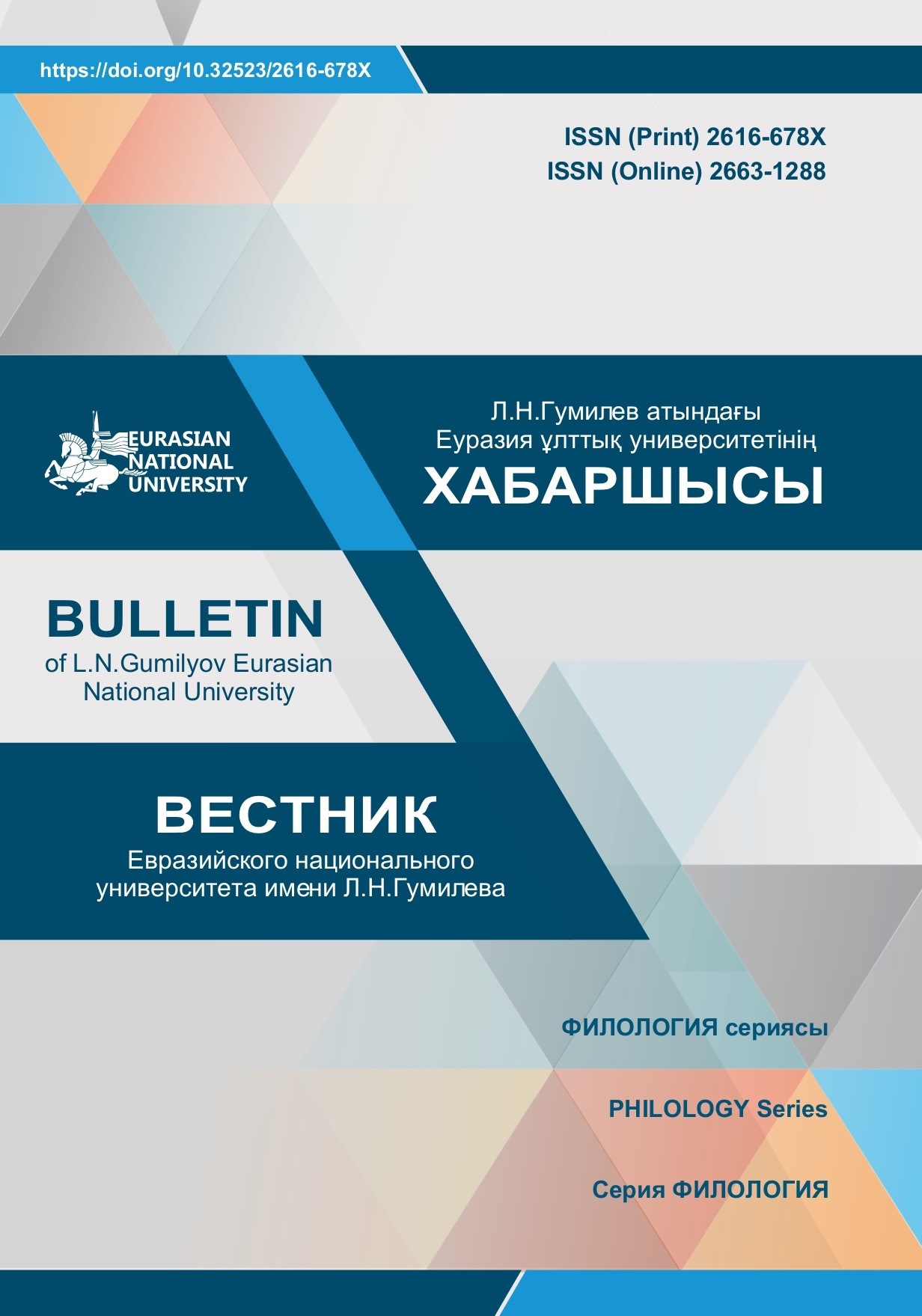Comparative characteristic of monosyllabic verbs in the vocalism system of the languages of the Kipchak group
Views: 159 / PDF downloads: 122
DOI:
https://doi.org/10.32523/2616-678X-2018-122-1-81-87Keywords:
monosyllabic verbs, phonological structure, Kipchak group languages, vocalismAbstract
Monosyllabic base of the Tatar, Bashkurt, Karaiym, Karashai-Bulgarian, Kyrymshak,
Nogai, Kazakh and Karakalpak languages, which are the basis of modern Turkic languages, is one of
the linguistic sources that reveal the differences and similarities in the morphological and grammatical
structures and the lexical composition of these languages. A comparative analysis of the structure of
monosyllabic verbs to reveal the nature of historical changes occurred under the influence of extralinguistic factors in each of Kipchak languages defines current importance of the study. The relation of
monosyllabic verbs in Kazakh and Nogai, Karakalpak, Tatar, Bashkurt, Kumyk and Karaiym languages,
belonging to Kipchak group has been analyzed. Besides, common features of these verbal monosyllabic
words belonging to Kipchak group languages in phonological structure has been thoroughly considered.
While analyzing monosyllabic verbs, attention was paid to spot the most productive model among V, СV,
VС, СVС, VСС, СVСС types. The relative description of the root verbs of the Kazakh language and other
Turkic languages of the modern Kipchak group is described, as well as typical phonological structure
models, sound correspondences in the positions of anlaut, inlaut and auslaut of common root verbs are
analyzed by specific linguistic data in the given article







